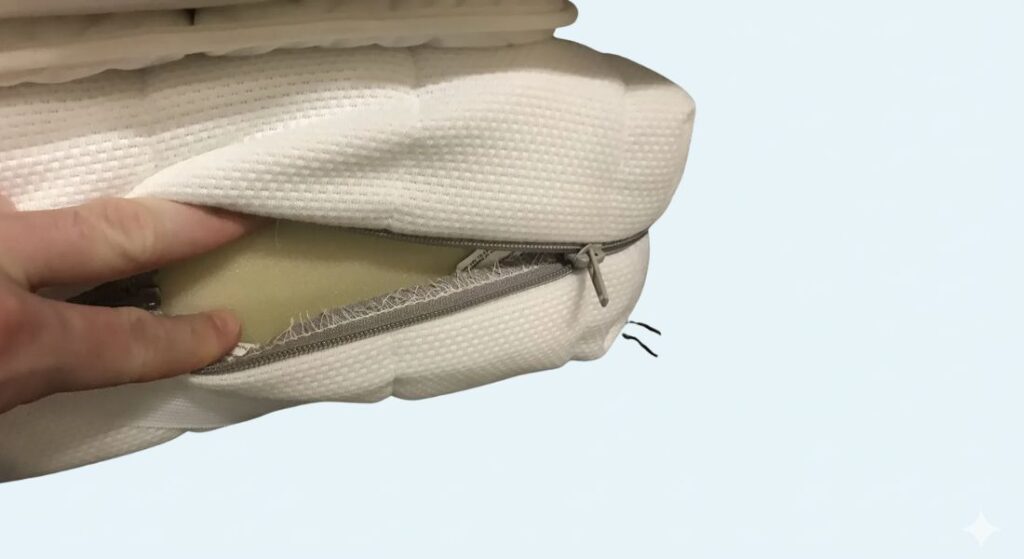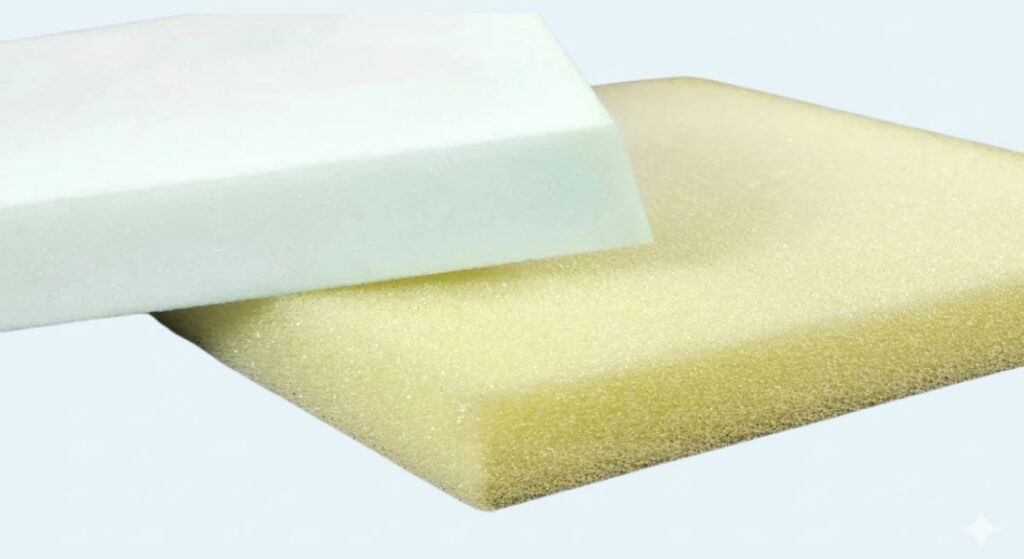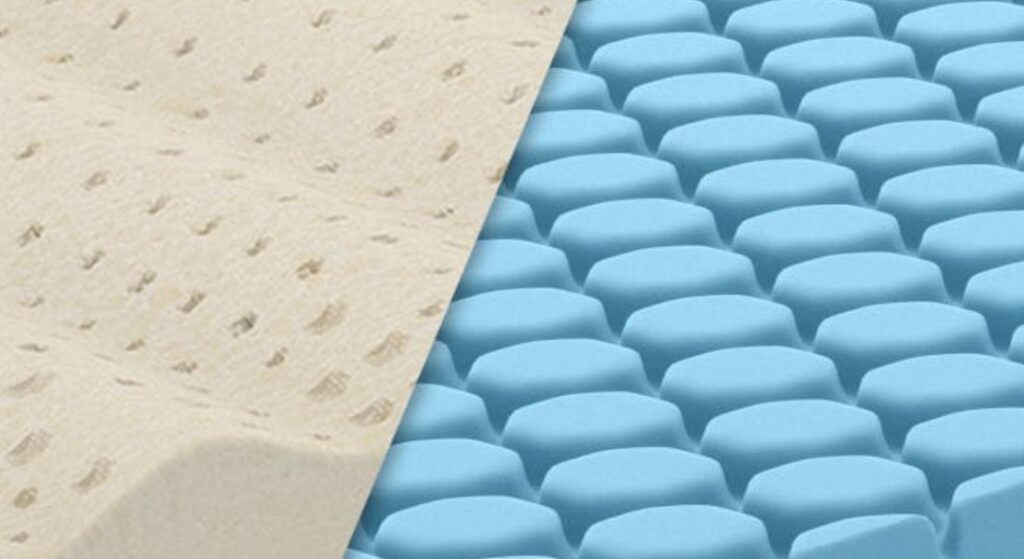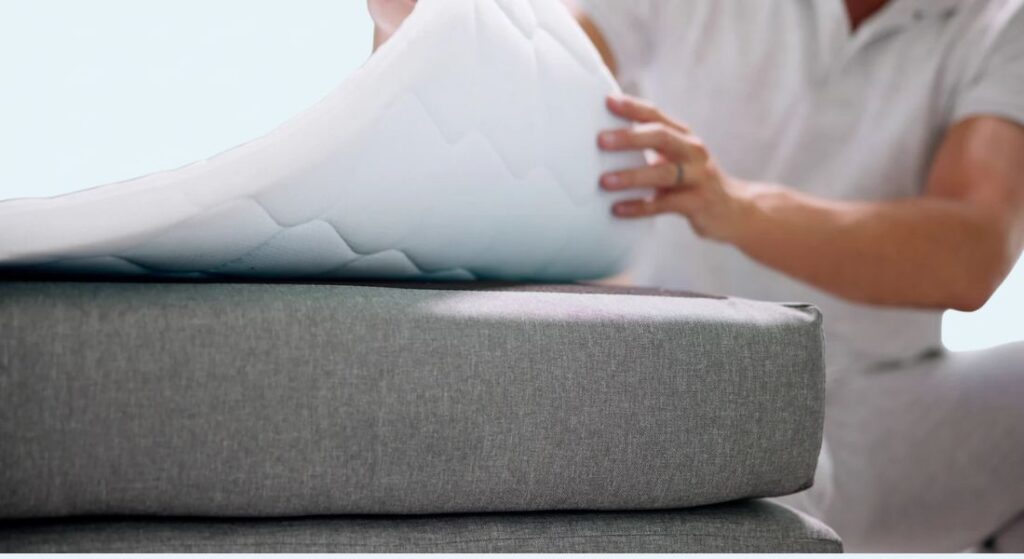Waking up to a hip-shaped crater in your memory foam mattress isn’t just annoying—it undermines the very support you paid for. When your body sinks into persistent dents deeper than half an inch, you lose spinal alignment and wake up with aching joints. The good news? Most dents under 1.5 inches can be reversed without replacing your entire mattress. This guide reveals field-tested techniques—from simple heat treatments to surgical foam replacement—that restore your sleep surface’s integrity. You’ll learn exactly how to measure dent severity, choose the right fix for your situation, and prevent future damage while saving hundreds on premature replacement.
Measure Your Dent Depth Before Acting
Don’t waste time on fixes that won’t work for your specific dent. Grab a yardstick and ruler immediately to determine your repair path. Place the straightedge across the depression, then measure the gap between the ruler and mattress surface at its deepest point. Photograph this measurement with a dated note for warranty claims—most manufacturers only cover dents exceeding 1 inch as defects. Your depth measurement dictates everything: dents under ½ inch respond to heat treatments, those between ½-1 inch need toppers, and deeper depressions require foam replacement or mattress replacement.
Critical thresholds to know:
– Under ½ inch: Natural body impression (normal wear)
– ½ to 1 inch: Repairable dent requiring intervention
– Over 1 inch: Serious damage needing advanced solutions
Fix Your Foundation Before Touching the Mattress

Over 60% of memory foam dents stem from inadequate base support—not mattress failure. Before attempting surface repairs, inspect what’s underneath. Check slatted bases for gaps wider than 3 inches, which create unsupported zones where foam compresses. Box springs designed for innersprings collapse under memory foam’s weight, causing center sag. Platform beds often develop bowed centers or loose support legs that compromise stability.
Install Immediate Support with Plywood (30-Minute Fix)
Cut ¾-inch moisture-resistant plywood to fit your bed frame, leaving a 1-inch border on all sides for airflow. Sand all edges smooth to prevent fabric snags. Place this rigid layer between mattress and base—this instantly redistributes weight and stops further compression. For queen mattresses, use two 30×80-inch sheets butted together at the center beam. This foundation correction often reverses shallow dents within weeks by giving foam cells room to rebound.
Rotate—Never Flip—Your Memory Foam Mattress
Memory foam mattresses are engineered for single-sided use. Flipping them exposes the untempered bottom layer to body heat and pressure, accelerating damage. Instead, rotate your mattress 180 degrees every three months to distribute wear evenly. Set phone calendar alerts for rotation days, or mark the care tag with “R” and dates. When rotating, strip all bedding first, then grab both corners and pivot clockwise. This simple habit prevents hip/shoulder dents from becoming permanent by allowing compressed foam cells 90 days to recover in undisturbed zones.
Rotation mistake to avoid: Skipping rotations for over six months—this concentrates wear in the same 12×18 inch zone where your hips rest nightly.
Heat Treatment for Minor Dents Under ½ Inch
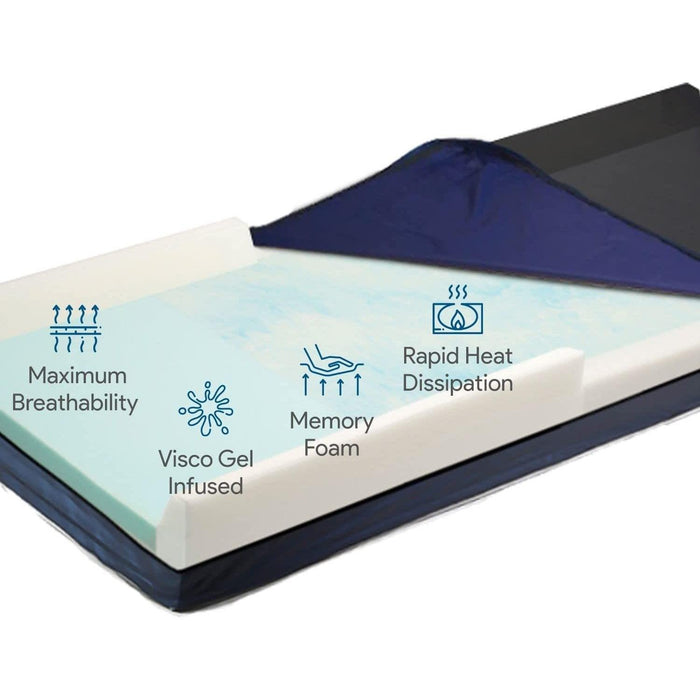
Shallow dents respond dramatically to controlled heat that reactivates memory foam’s viscoelastic properties. The warm towel method works by relaxing polymer chains so they can expand back to original shape.
Steam and Massage Technique (2-Hour Fix)
- Soak a cotton towel in hot water (140°F/60°C), then wring until damp—not dripping
- Lay towel directly over the dent for 30-45 minutes (re-soak if it cools)
- Massage outward from center using flat palms—never fingertips—to avoid tearing foam
- Remove towel and let mattress air dry 6-8 hours before sleeping
Pro tip: Place a fan nearby during drying to accelerate moisture evaporation while preventing mold growth. Never use hairdryers—they overheat foam and cause permanent damage.
Topper Solutions for ½-1 Inch Dents
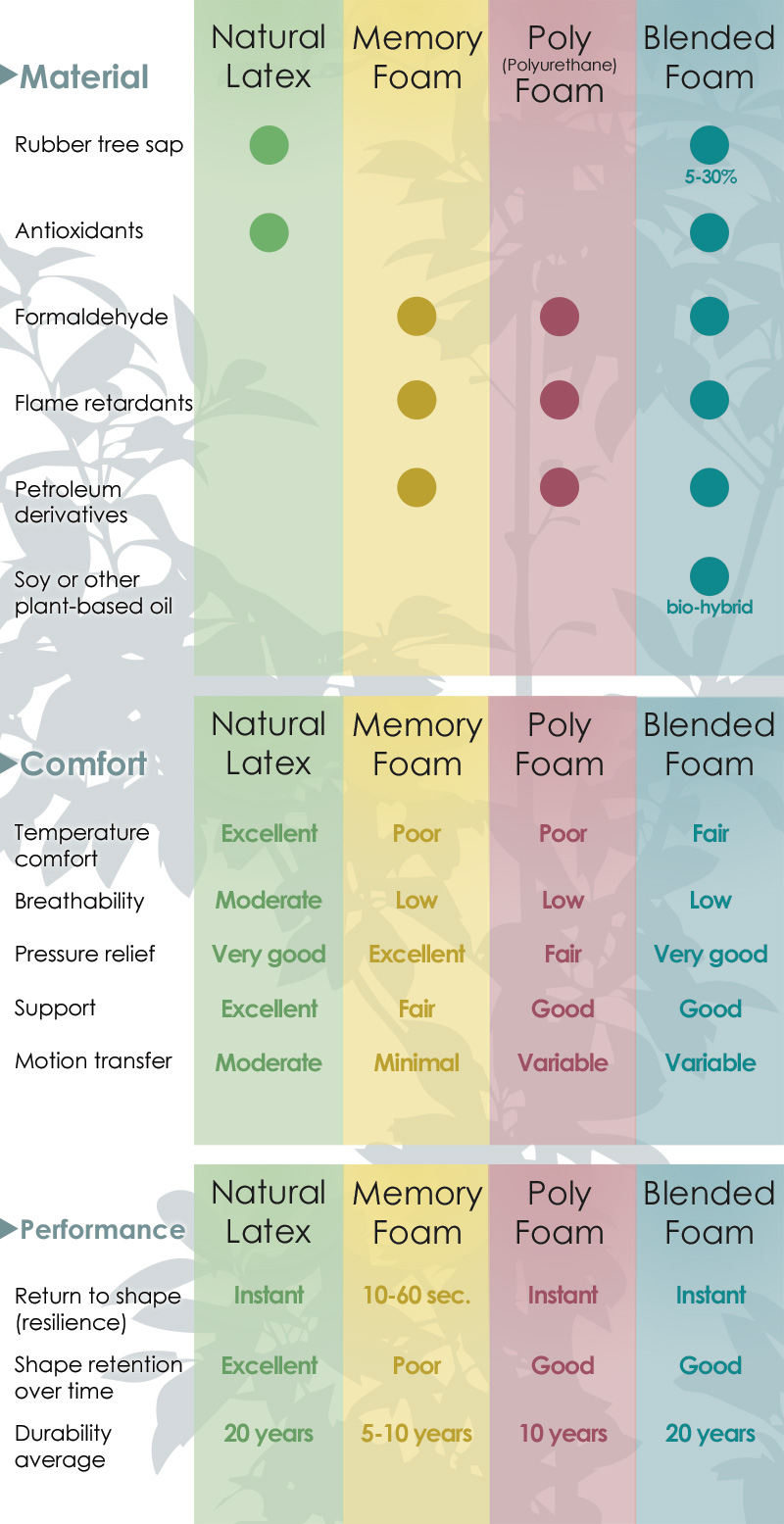
When dents reach 1 inch depth, a quality topper bridges the gap while redistributing pressure. But not all toppers work—low-density polyfoam under 3 lb/ft³ compresses within months, worsening the problem.
Choose the Right Topper Material
- Latex (Dunlop): Firmest support with 3-5 year lifespan; ideal for back sleepers
- High-density memory foam (4+ lb/ft³): Adds contouring for side sleepers
- Avoid: Gel-infused toppers—they often contain low-density foam that fails quickly
Thickness guide: Match topper depth to dent severity. For ½-1 inch dents, use a 2-inch topper. For deeper depressions, layer a 2-inch latex base with a 1-inch memory foam top. Secure with corner straps or non-slip pads—sliding toppers create new pressure points.
Surgical Foam Replacement for Deep Dents
Dents exceeding 1 inch in older mattresses (typically 5+ years old) require replacing damaged foam cells. This 2-hour process works for localized damage under 12×12 inches.
Tools You’ll Need
- Electric carving knife (not serrated knives—they tear foam)
- High-density memory foam (ILD 15-20 matching original)
- 3M 90 contact adhesive (spray version for even coverage)
- Replacement mattress cover if original gets damaged
Step-by-Step Foam Surgery
- Unzip or carefully cut the mattress cover along seams
- Trace a 2-inch border around the dent with fabric marker
- Cut through foam along lines using carving knife at 45-degree angle
- Remove damaged section and clean cavity edges
- Cut replacement foam 1/8 inch thicker than cavity for tight fit
- Spray adhesive on both surfaces, wait 30 seconds, then press together
- Let cure 2 hours before reassembling cover
Critical warning: Never cut deeper than the comfort layer—disturbing the support core causes permanent sag.
Prevention Protocol to Stop Future Dents
Stop dents before they form with these manufacturer-approved habits:
Every 3 months: Rotate mattress 180 degrees and inspect base slats for cracks. Tighten loose platform bed bolts immediately—wobbly supports accelerate foam breakdown.
Every 6 months: Vacuum surface with upholstery attachment to remove dust mites that degrade foam integrity. Check for early “body impressions” by running your hand across the mattress.
Continuous protection: Use a waterproof, breathable mattress protector to block sweat moisture that softens foam. Avoid jumping on the bed—concentrated impacts shear foam cells at microscopic levels.
When to Replace Instead of Repair
Stop wasting time on fixes if your mattress shows these red flags:
– Multiple dents deeper than 1 inch creating a “valley effect”
– Foam crumbling like styrofoam or emitting persistent chemical odors
– Age exceeding 9 years (memory foam’s typical lifespan)
– Persistent back pain that worsens after repairs
Smart disposal options: Recycle through Earth911’s foam shredding program, donate to charities accepting mattresses with <½ inch dents (call Goodwill first), or repurpose usable sections into pet beds. Never landfill memory foam—it takes 1,000+ years to decompose.
Quick-Action Decision Tree
Spot Dent → Measure Depth
├── < ½ inch → Heat treatment + Rotate
├── ½-1 inch → Add 2-3" topper + Rotate
└── >1 inch → Check warranty (≥1" covered)
├── Under warranty → File claim
└── Out of warranty → Foam replacement
Pro tip: Always start with foundation fixes—adding plywood support solves most “dent” complaints by addressing the real culprit: inadequate base support. Combine this with quarterly rotations, and your memory foam mattress will maintain its supportive contour for 8-10 years. For dents under 1 inch, the warm towel method restores 90% of foam resilience within 48 hours when done correctly. Remember: prevention beats repair—your simple rotation habit today saves you $1,000+ in premature replacement costs tomorrow.

